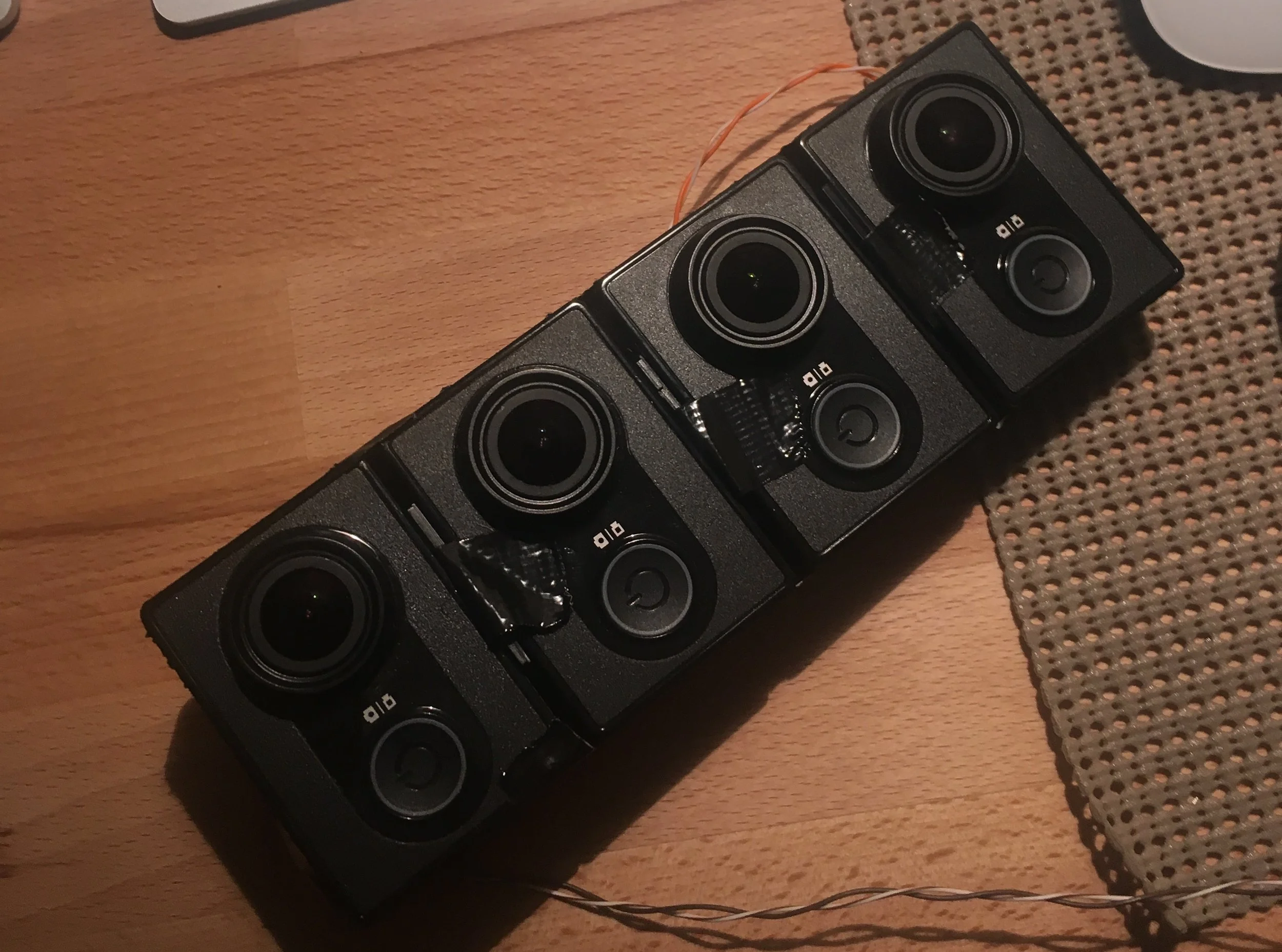Solar Tracker
Building a custom dashboard for solar power systems.
how much power do we have?
After a few months of living in my converted van I grew frustrated with my Solar Charger system. The system monitor that I purchased didn’t provide any extremely useful data. The monitor gave a quick glance at a few simple stats, but without historical data and additional context it was hard to get an idea of how the system was doing. Lead acid batteries are notoriously hard to measure. Voltage readings fluctuate with charge capacity and temperature, so getting a reliable idea of the current charge is difficult. After some thinking I decided to build my own solution.
The charge controller has a RS-485 port that provides tons of at-the-moment stats. I decided to poll this data and store it regularly to build a database of historical data for my solar system. I ordered a Raspberry-Pi and wired it into the system. I setup a SQL database and wrote a handful of Python scripts to regularly poll the system and store the important data. But I needed a way to display this data in an easy to consume way. I decided to build a small local web server to host a dashboard that could be accessed with my iPad.
After lots of tweaking and toying around I finally got it up and running. Now I can quickly see how much power I’ve used in the last 24 hours, how much power was generated, and even view stats like temperature and voltage. As a nice bonus I also have historical data so I can see how well the system usually does on rainy days, or in extreme temperatures.
Like any good project, I decided to open source the whole thing. Check it out here.
Skills —
Python
Javascript
Linux Kernel
SQL
Server Admin







